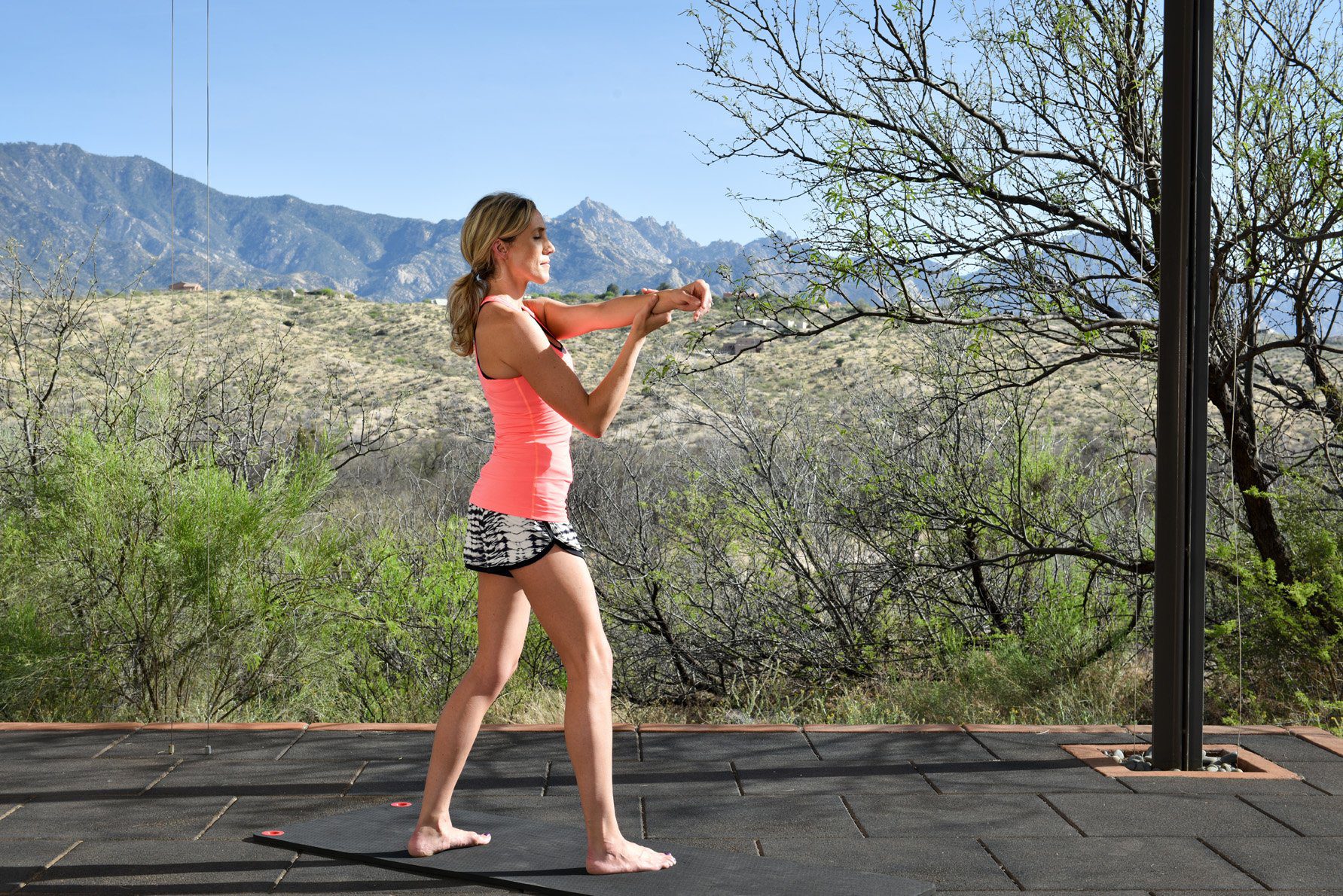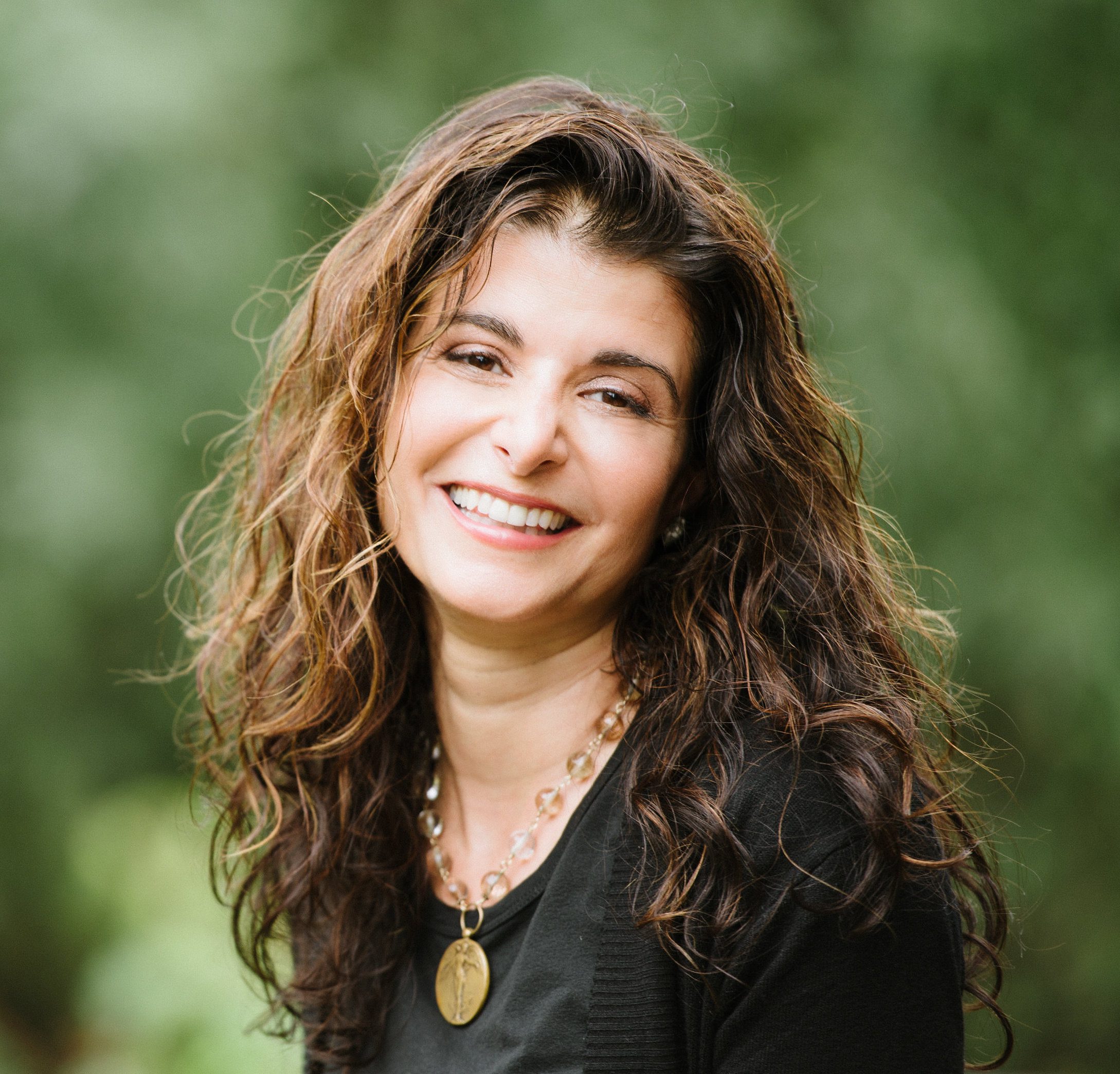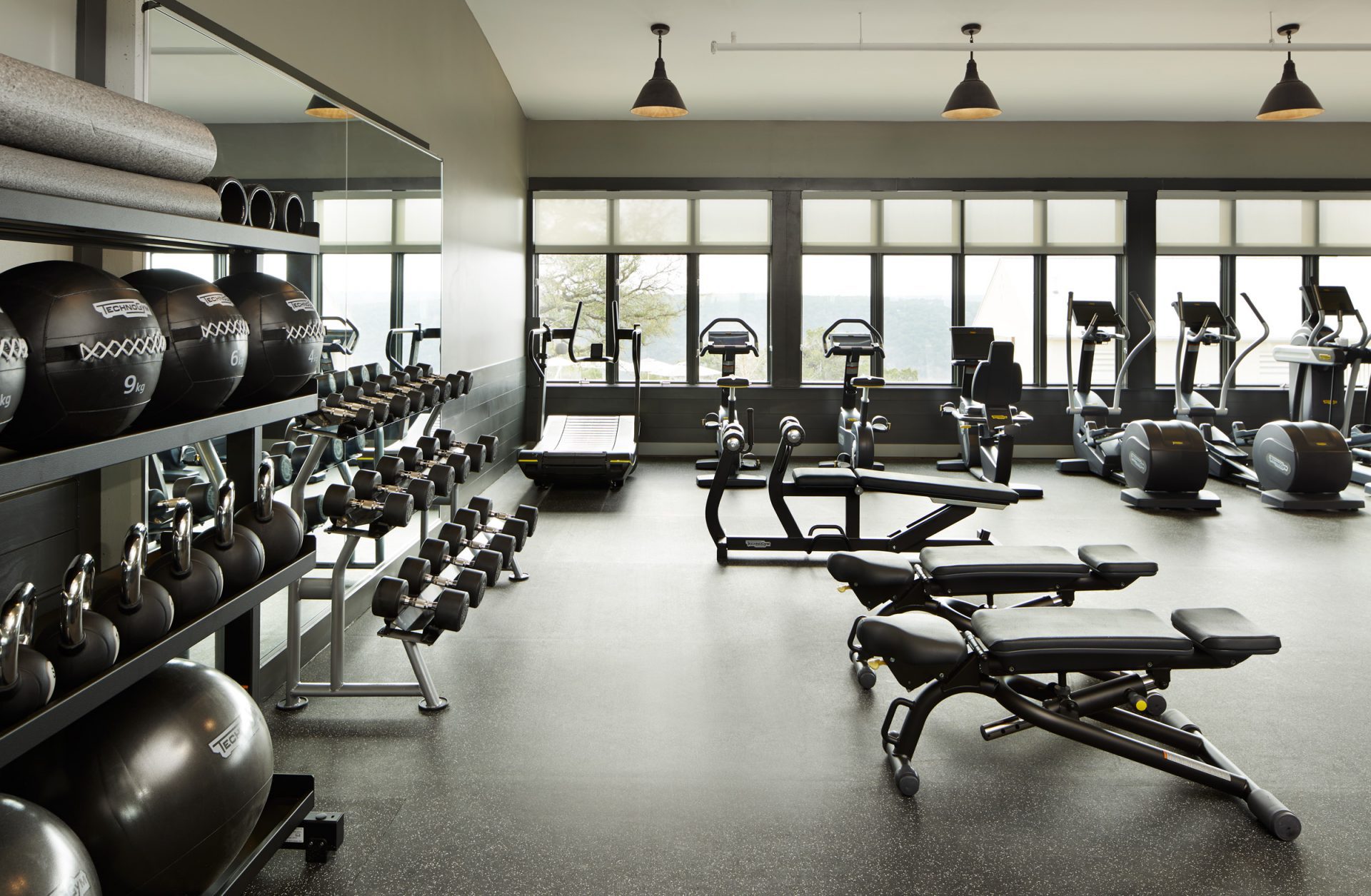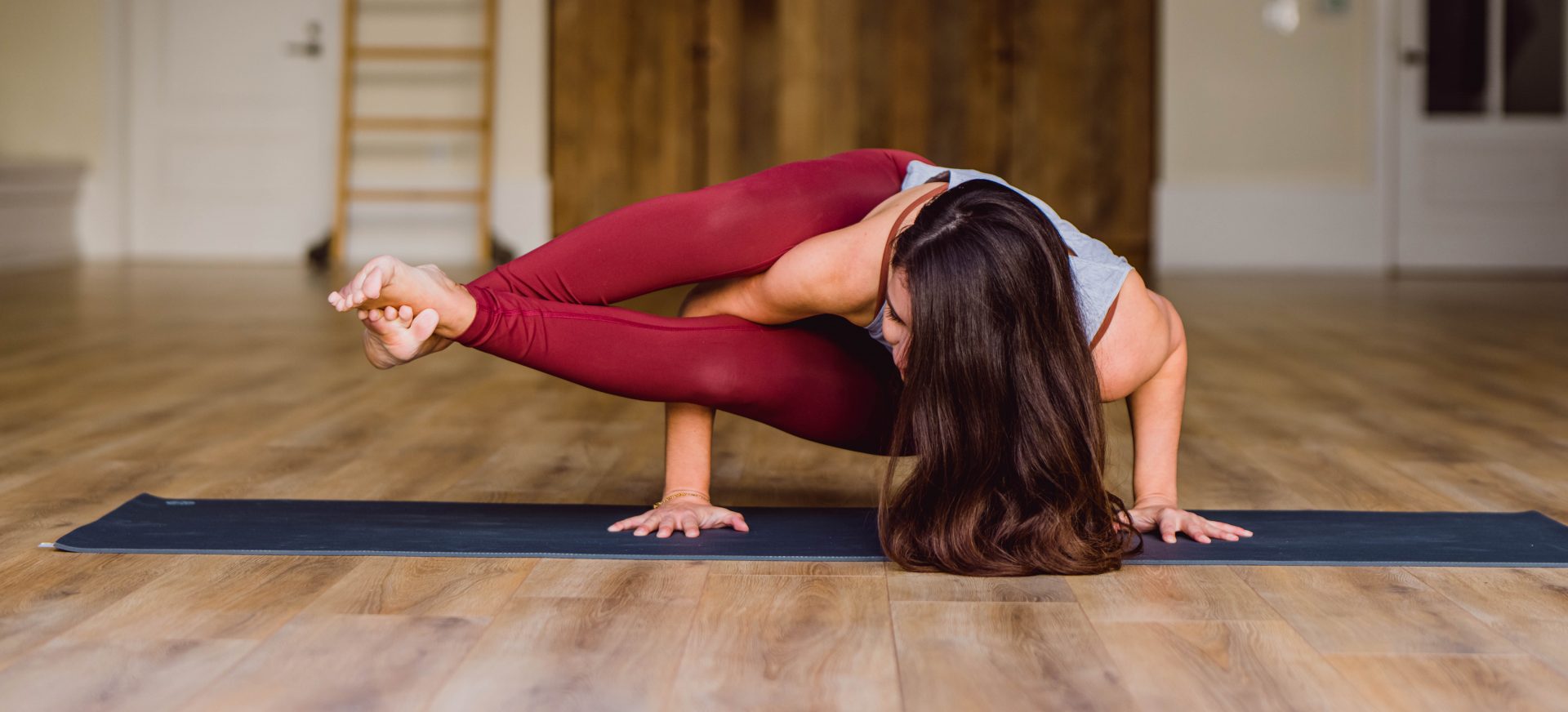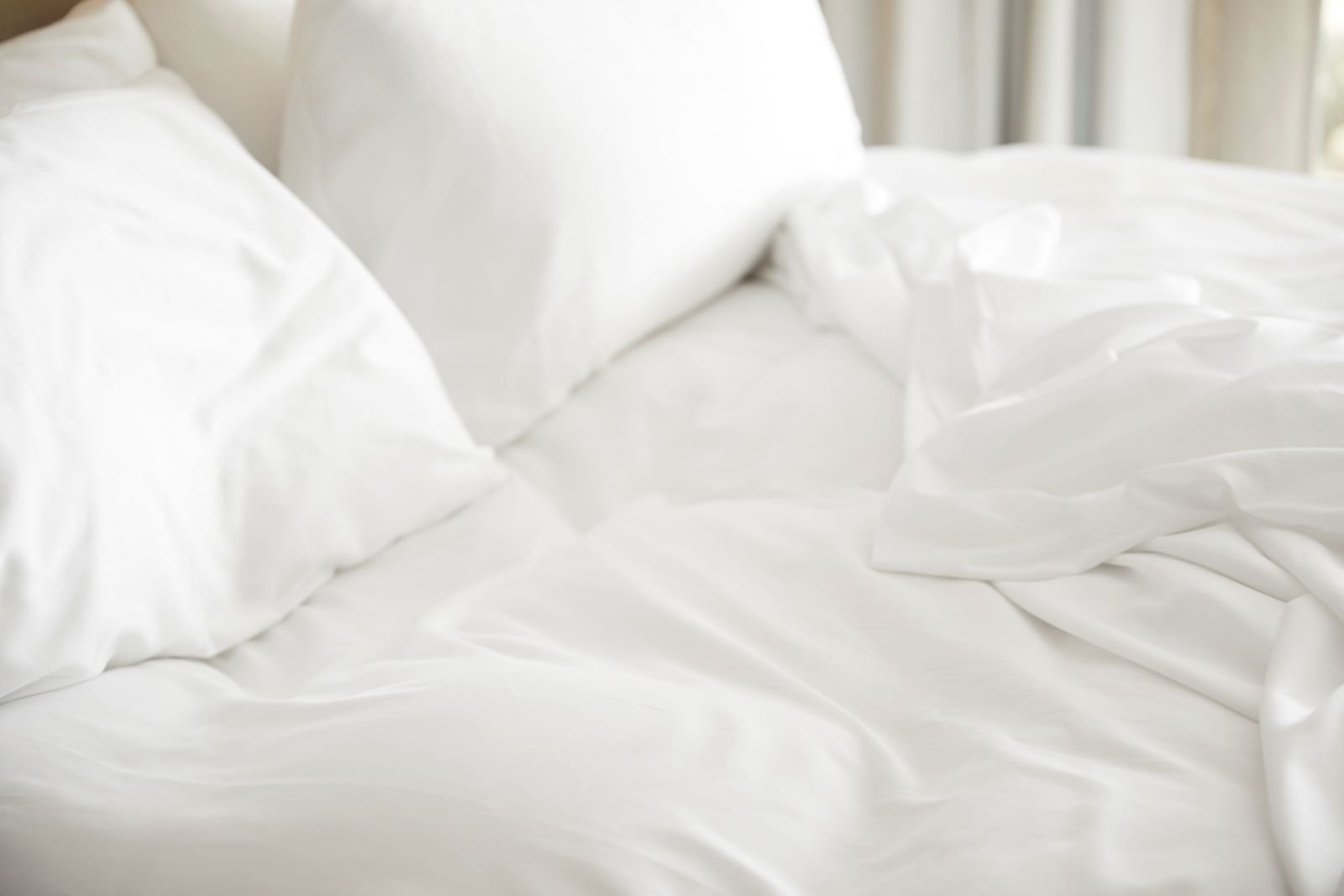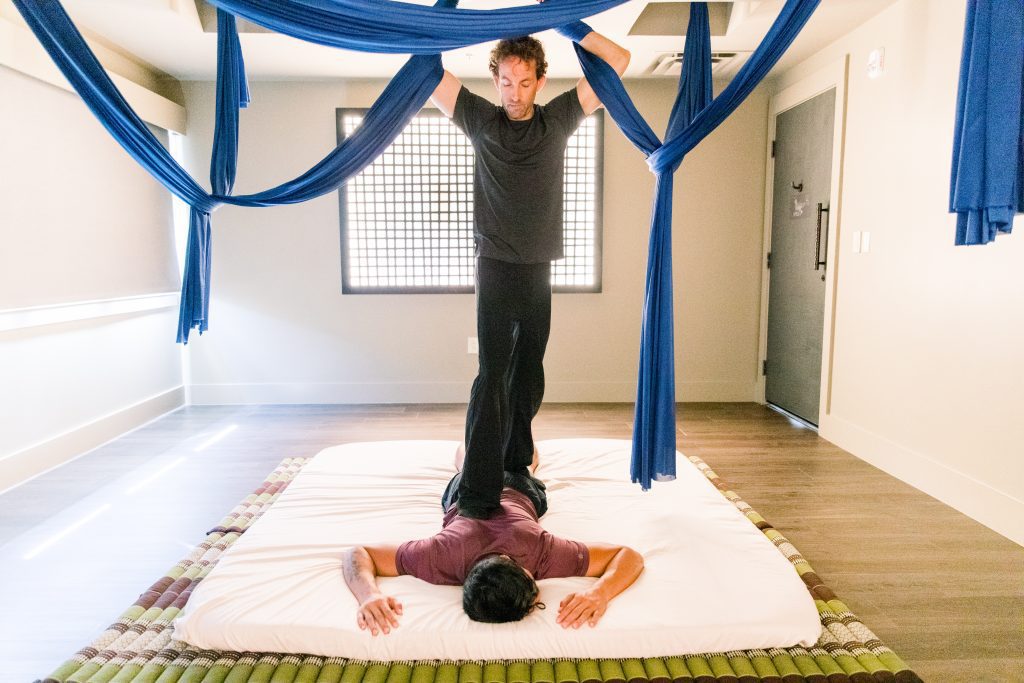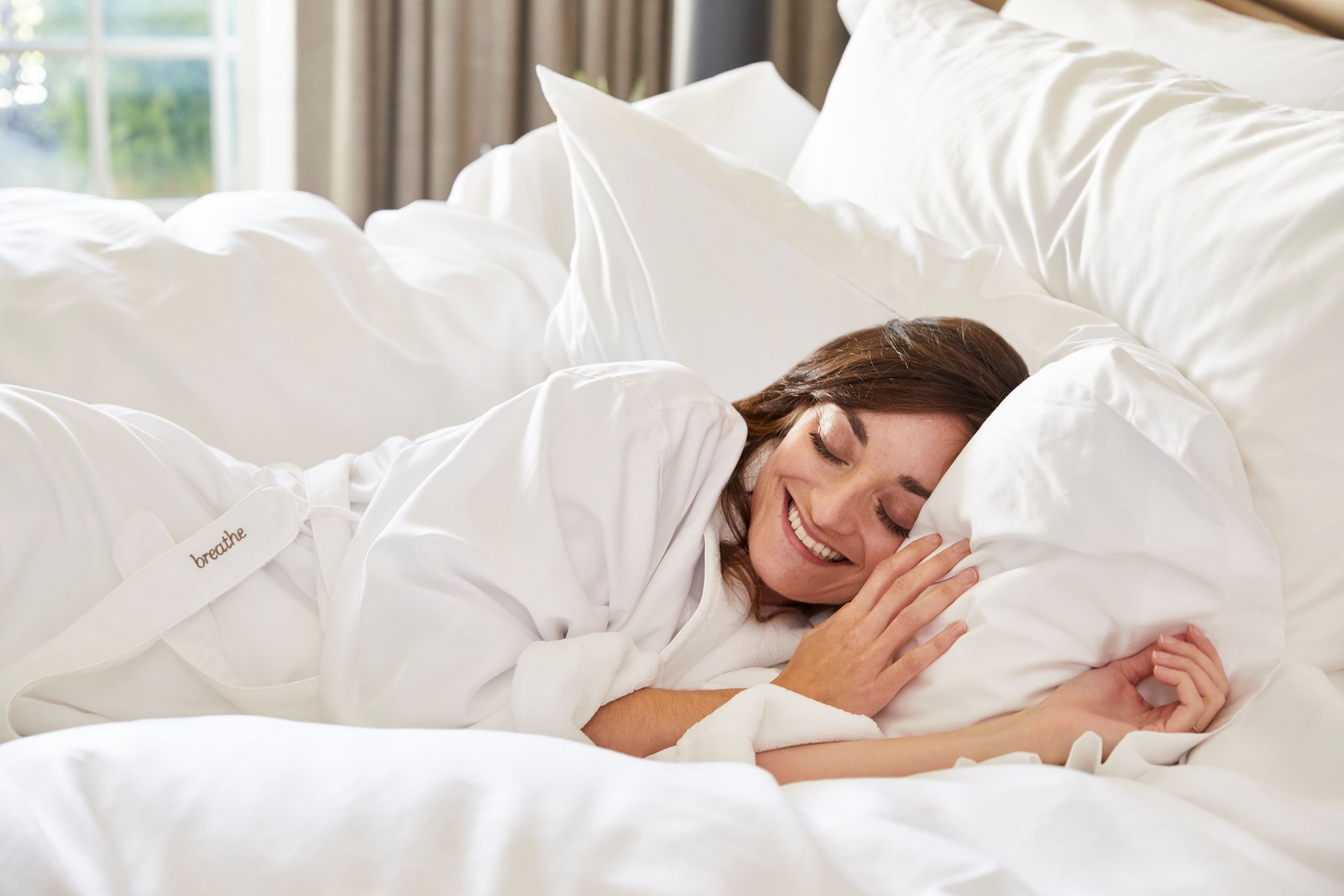Pilates Moves To Stop “tech Neck” Now
By Araxe Hajian
Align Your Spine at Miraval Resorts
Stop! Are you reading this on a screen that’s at eye level?
Keep your head in line with your spine as you scroll—and find out how simple Pilates practices can prevent pain and rescue your posture.
Heavy is the Head that Looks Down
Roughly 75% of the world’s population hunches over handheld devices with heads flexed forward for hours daily. When we use our computers and digital devices, our necks tend to tilt forward for too long and at the wrong angle. This clinical condition is called “tech (or text) neck.” It refers to the onset of cervical spine degeneration resulting from the repeated stress of frequent forward head flexion from looking down at or typing on mobile device screens for long periods. Research shows that 20+ hours/week on an unsupported device increases cervical spine and musculoskeletal disorder risks.

“Heavy is the head that wears the crown” is a line adapted from Shakespeare, who couldn’t have known that so, too, is the head that continuously looks down at tech. The adult head is heavier than we think—weighing in at 10-12 pounds. It puts little strain on your neck when upright and in a healthy, neutral posture (balanced over the cervical spine, chin parallel to the floor).
However, when you tilt your head forward, you move it out of alignment with your cervical spine, increasing the force on your neck and making your head feel like it weighs five times as much. The more we flex our heads forward, the more the forces on the neck rise, raising the pressure on our necks to 26 pounds at 15 percent and up to 60 pounds at 60 percent.
“A human head held forward only three inches from the shoulders puts 40 pounds of pressure on the neck and upper back muscles,” says Miraval Berkshires Pilates Specialist Lori Symanowicz. “That’s like balancing four gallons of paint on your neck and upper back!”
Align Your Spine
Long-term slouching leads to the shortening of muscles in the front of the upper body and the fascia, which can limit movement. “When we have a long-term habit of slouching,” Lori adds, “the solution may not just be as simple as just sitting or standing up straight.”
Frequent forward flexion can overwork your cervical spine, neck, and upper back muscles, making respiratory function less efficient, increasing fatigue, and lowering mobility. “Breath,” maintains Lori, “facilitates movement, and movement facilitates breath.”
Even before the pandemic, people spent more time at their desks or clutching their devices. Add in the work-from-home culture of the last few years (often in sub-optimal workspaces), and neck and back problems and mobility issues are rising.
Lori explains that “a slumped forward posture can put you at risk for the same issues as osteoporosis.” This includes a greater risk for vertebral fractures, falls, and fall-related fractures, among other health issues.
The Core of the Matter

Pilates focuses on strength-building from the core. It keeps your spine correctly aligned by strengthening supporting muscles. When the core is strong and alignment is correct, your chances of injury decrease, and your flexibility, strength, endurance, and balance increase.
The intentionality of Pilates promotes presence, concentration, and a solid mind-body connection. Also, in Pilates, there is something called “active awareness” of the muscles that help maintain posture—something you engage in when you practice core stabilization exercises.
“Awareness is key,” Lori notes. “If we aren’t aware of where our body is in space, we can’t correct it during our daily lives.”
Pilates for Prevention
Did you know that Pilates is also great for your bones? After age 50, one in two women and one in four men will have an osteoporosis-related fracture in their lifetimes. Another 30% will have osteopenia (low bone density that puts them at risk of osteoporosis). Children and adolescents are predicted to have osteopenia by the time they are 40 years old due to the forward head posture associated with using technological devices.
“Pilates,” says Lori, “is an excellent way to reduce your risk for osteoporosis and osteopenia, and you can strengthen your bones even if you do have that pathology.” It is safe for all ages due to the low-impact nature of the movement—though supervision and close instruction is always recommended, especially if you are trying it for the first time.
Joseph Pilates reminded us that age is a state of mind, but it also has a great deal to do with the state of your spine. He maintained that “if your spine is inflexibly stiff at 30, you are old. If it is completely flexible at 60, you are young.”
Pilates Exercises to Help You Tame Tech Neck
Slouched Shoulder Flexion
This exercise changes your posture to encourage the shoulder blade, shoulder, and collar bone to work together while correcting breathing and digestion.
Arm Arcs
This exercise frees up the upper shoulders to increase mobility.
Prone Press-Up
This exercise increases thoracic extension to counterbalance forward flexion.
General Tips to Avoid Tech Neck
Perform daily activities while keeping your spine in an elongated position, avoiding excessive neck flexion by drawing your chin toward your throat.
- Avoid excessive device usage, prolonged stationary postures, & take frequent breaks.
- Position the device at eye level to reduce head, neck, and upper extremity stress.
- Avoid high repetitions of movements such as prolonged typing or swiping.
- Avoid holding large or heavy devices in one hand for a long time.
Pilates is a mind-body, low-impact exercise program that focuses on maintaining the neutral alignment of the spine, abdominal and back strengthening, flexibility, and breathing patterns to help to relieve and prevent back pain.
Creator Joseph Pilates was a German physical trainer, professional boxer, and gymnast, diver, and skier. Having suffered numerous childhood ailments (including asthma and rheumatic fever), he dedicated himself to getting healthier through exercise.
During the First World War, he developed his technique of physical fitness further by teaching his fellow internees, then at a hospital where he worked with patients unable to walk. He attached bed springs to the hospital beds to help support the patients’ limbs, leading to the development of his equipment, adapted and still used today in many Pilates studios.
Pilates emigrated to the USA in the early 1920s with his wife Clara, and together they taught in New York. Originally 60% of their clientele were men.
English was not their first language, so they relied heavily on hands-on corrections to teach—creating the ongoing tradition of hands-on teaching.
“Change happens through movement, and movement heals.” – Joseph Pilates
Sources:
Hansraj K.K. Assessment of stresses in the cervical spine caused by posture and position of the head. Surg. Technol. Int. 2014;252:77–79. [PubMed] [Google Scholar]
https://my.clevelandclinic.org/health/diseases/4443-osteoporosis)
https://www.ncbi.nlm.nih.gov/pmc/articles/PMC8672244/
Lori Symanowicz’s Polestar Pilates Comprehensive Certification focuses on pre-habilitation and rehabilitation by connecting whole-body health and healing through movement modalities. Polestar, the gold standard in Pilates, is a science-based foundation of anatomy, physiology, biomechanics, and motor control of the body. Its holistic, science-based approach aligns with Joseph Pilates’ unifying message that “movement heals.” Lori is certified in all Pilates apparatus (Reformer, Tower/Trapeze Table, Spine Corrector, Ladder Barrel, Chair) and is NCPT certified (Nationally Certified Pilates Teacher), the highest caliber of Pilates certification. Lori loves to help people feel better in their bodies and help them with any injury, such as spines, shoulders, and rotation for golf, tennis, or other activities.
Araxe Hajian
Araxe Hajian is a senior writer who covers wellness stories and specialist offerings at Miraval Resorts & Spas. She was associate editor and writer at Life in Balance Magazine, storyteller at the social platform MindMeet, and author of numerous articles and Miraval Resorts’ coffee-table book Miraval Mindful by Design.
